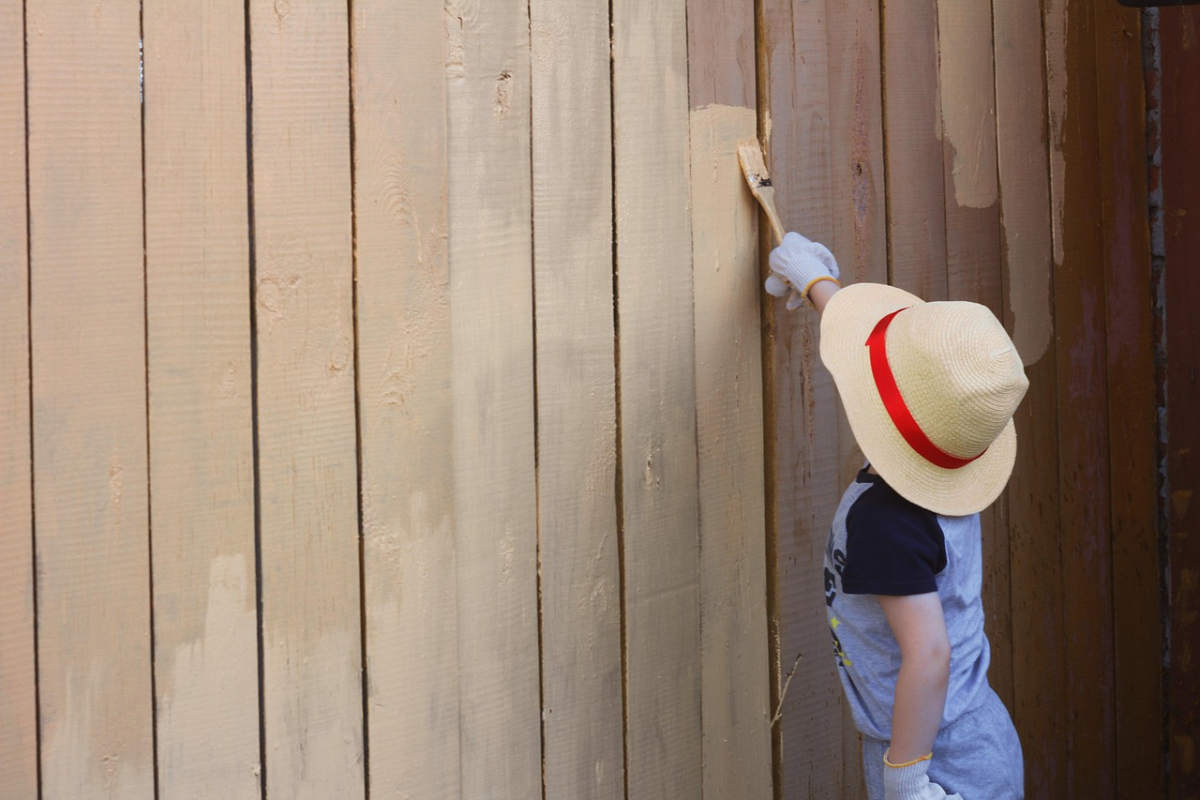
Every strong property begins with attention to the details that protect it. A carefully chosen concrete sealer ensures exterior surfaces stand firm against weather, traffic, and time. A well-applied coat of fence paint refreshes boundaries and shields them from gradual wear and tear. These early steps in preservation create a foundation of strength and style that supports every other aspect of home or commercial maintenance.
Buildings, whether residential or commercial, are more than structures; they are environments that shape daily routines. Their walls provide safety, their rooms offer comfort, and their exteriors reflect personality. Yet even the most carefully designed property is subject to the slow erosion of natural forces. Rain, sun, and shifting temperatures all leave their mark. Maintenance, then, becomes more than upkeep—it is a way of ensuring these environments continue to support lives and businesses with the same dependability they had on the day they were first established.
Durability often depends on proactive choices. Owners who act before problems arise avoid the frustration and cost of large-scale repairs. A small investment in protective finishes, timely inspections, or minor updates preserves value for decades. This forward-looking approach also encourages property owners to think long term, to view a home or workplace not just as a present necessity but as a lasting asset. The structures that endure are those cared for with foresight.
Maintenance influences the way spaces are experienced emotionally. When exterior areas appear clean, strong, and inviting, they naturally create a sense of pride. Visitors notice the attention to detail, and residents or staff feel assured in their surroundings. A well-cared-for environment communicates reliability, which is particularly important for businesses seeking to establish trust or households wishing to create a welcoming impression.
A balanced approach to preservation combines practicality and design. Protective treatments strengthen surfaces, yet they also provide opportunities for visual harmony. Finishes can highlight natural textures, soften harsh lines, or unify different materials across a property. This dual role allows maintenance to be seen not as a burden but as a creative act. The result is stability joined with beauty—spaces that feel both resilient and refined.
Sustainability adds another dimension. Modern property care recognises that every repair avoided prevents waste. Extending the life of existing materials reduces the demand for extraction, transport, and production of replacements. Protective treatments and careful upkeep become environmental choices as much as financial ones. By valuing what already exists, households and organisations support responsible stewardship of resources.
Financial outcomes are just as significant. Neglect often leads to costs that far exceed those of prevention. A roof left unchecked, a wall untreated, or a pathway ignored can turn into major expenses that strain budgets. Consistent care spreads smaller costs over a longer period, while preserving overall value. For those considering resale or rental, visible quality is a persuasive factor. For businesses, well-maintained facilities reinforce credibility and reduce operational strain.
Renewal is also part of property care. Regular updates refresh the look and feel of a space, keeping it current without requiring a complete renovation. Simple changes in finishes or textures can modernise an environment, bringing new energy to familiar surroundings. This approach builds continuity—spaces evolve without losing their identity, adapting gracefully to changing styles or needs.
Engagement in maintenance can also be personally rewarding. For individuals, taking care of a home fosters a sense of ownership and achievement. Each improvement, no matter how small, becomes a visible marker of dedication. For managers of larger facilities, maintenance reflects stewardship and responsibility, reinforcing trust among tenants, clients, and staff. In both cases, care strengthens the bond between people and their environments.

Communities thrive when attention extends to shared spaces. Public seating, pathways, and communal gardens require regular maintenance to remain safe and visually appealing. Well-maintained communal areas invite use, foster interaction, and build a sense of belonging. They also discourage neglect, as environments that appear valued tend to be respected. Through collective effort, communities create assets that enhance the daily lives of all.
Resilience is another outcome of thoughtful care. Properties that have been consistently maintained are better equipped to handle unexpected challenges. Surfaces resist extremes of weather, structures endure stress, and exteriors remain dependable through change. In times of pressure—whether environmental or economic—this resilience reduces disruption and helps people continue their lives with greater stability.
Looking after buildings is not simply about technical upkeep. It is a philosophy of valuing what we already have, of recognising that environments shape daily life and deserve respect. By treating spaces with care, owners and communities protect investments, support wellbeing, and promote sustainability. Each protective measure, each act of renewal, and each detail contributes to a longer story of endurance.
Thoughtful property care protects value, enhances beauty, and builds resilience, ensuring spaces remain dependable and uplifting for years to come.





